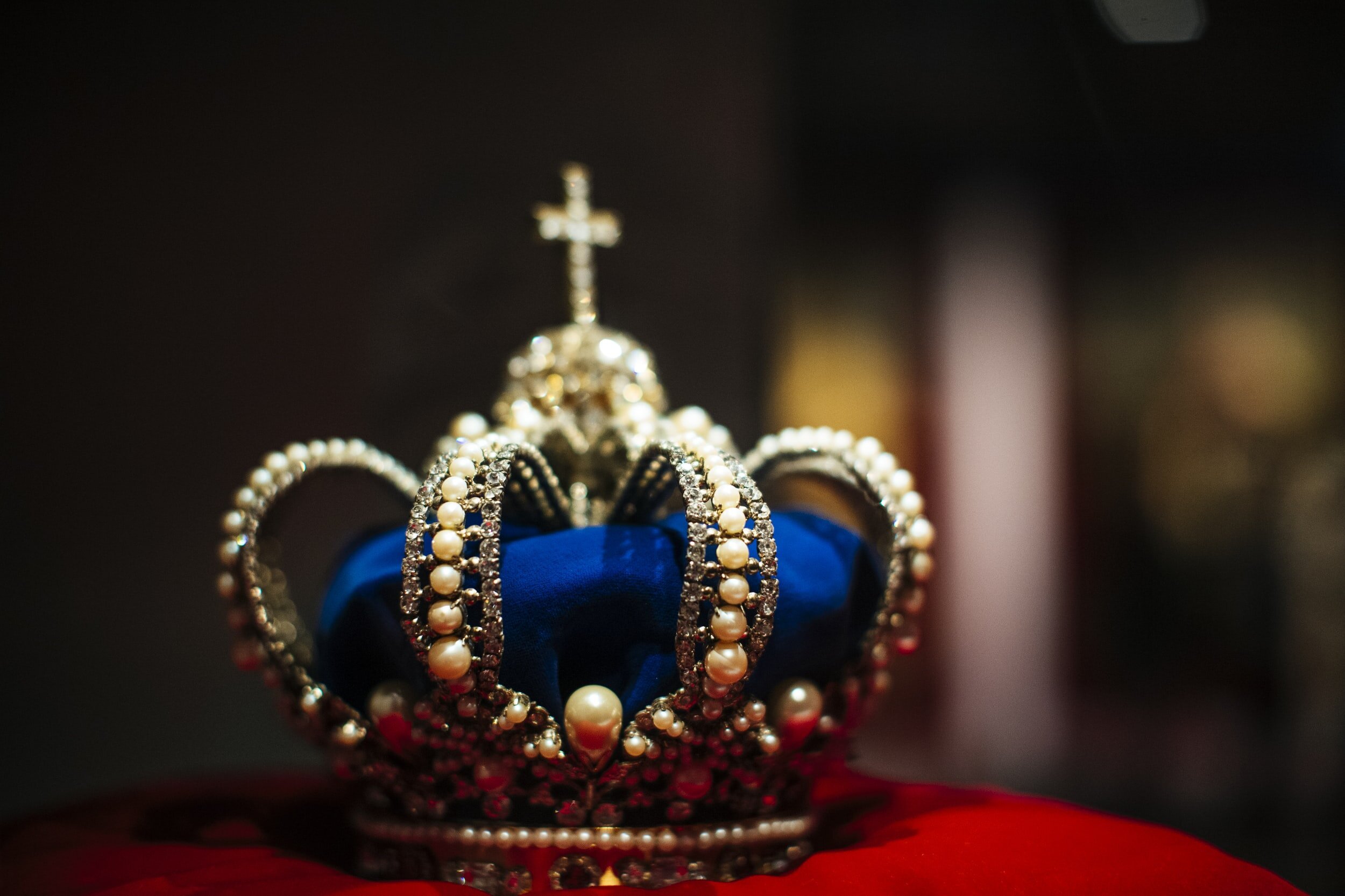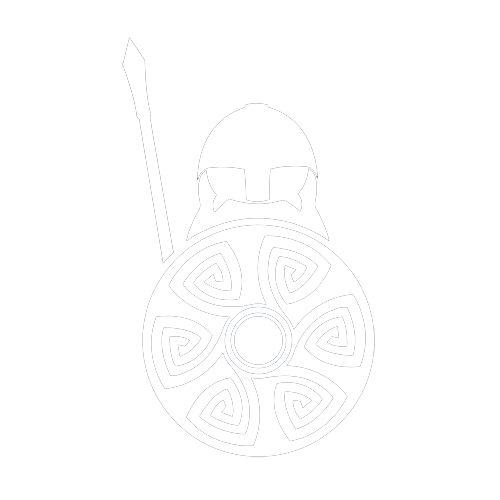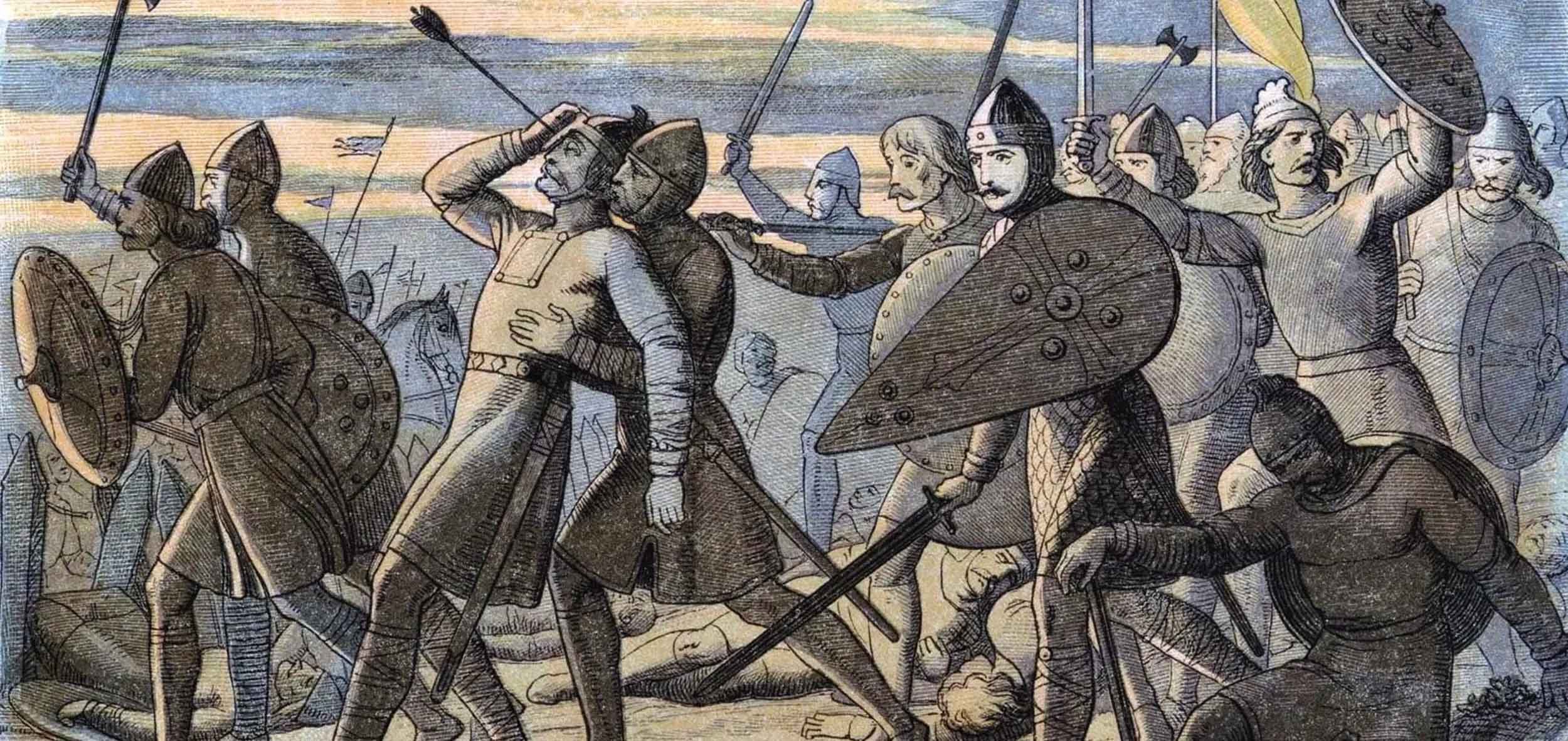
Medieval Kings and Queens
Kings and queens have ruled Britain since the Romans. Some were very successful, powerful warriors in their own right, expanding their kingdom and governing their subjects with authority. But others were quite the opposite!
King Henry I Beauclerc
King Henry I of England was the youngest son of William the Conqueror. He was also the only Norman king who could read and write. This education came from his upbringing in the church, unlike his siblings. Henry I had a long and successful reign in England, and due to his ambitious nature, he expanded his kingdom into Normandy.
King William Rufus the Unpopular Norman King of England
King William Rufus was the third, and possibly favourite son of the Norman conqueror William I. After an unusual set of circumstances, William inherited the throne of England at the age of 30, despite having two older brothers, Robert and Richard.
William the Conqueror Duke of Normandy
William the Conqueror, the Norman invader, defeated the last Anglo-Saxon King of England, Harold II Godwinson, in the famous Battle of Hastings, in 1066. He was sometimes known as William the Bastard and previous to his victory in Hastings, William Duke of Normandy.
Harold Godwinson the Last Anglo-Saxon King
Harold Godwinson, a wealthy, powerful man who inherited money and titles from his father, Godwin Earl of Wessex, upon his death in 1053. Harold Godwinson dedicated his life to serving King Edward the Confessor unreservedly, soon becoming indispensable to the King. Then, when Edward died in 1066, Harold was very quickly crowned king. However, as history now bares its scars, Harold Godwinson's reign would not last long.
Edward the Confessor the Saint King
Edward the Confessor, son of Aethelred the Unready and Emma of Normandy, had grown up in exile in Normandy after the Viking invasion of 1013. Although born an Anglo-Saxon, he spent much of his life in Normandy, which had made him essentially a Norman.






